-
Tourism in Austria
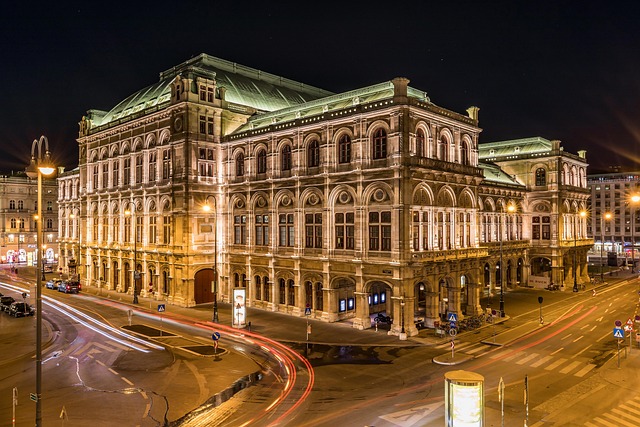
Luxury Travel in Austria: Top Resorts and Experiences
Austria, a country synonymous with elegance, culture, and natural beauty, is a premier destination for luxury travel. From the majestic…
Read More » -
Tourism in Austria
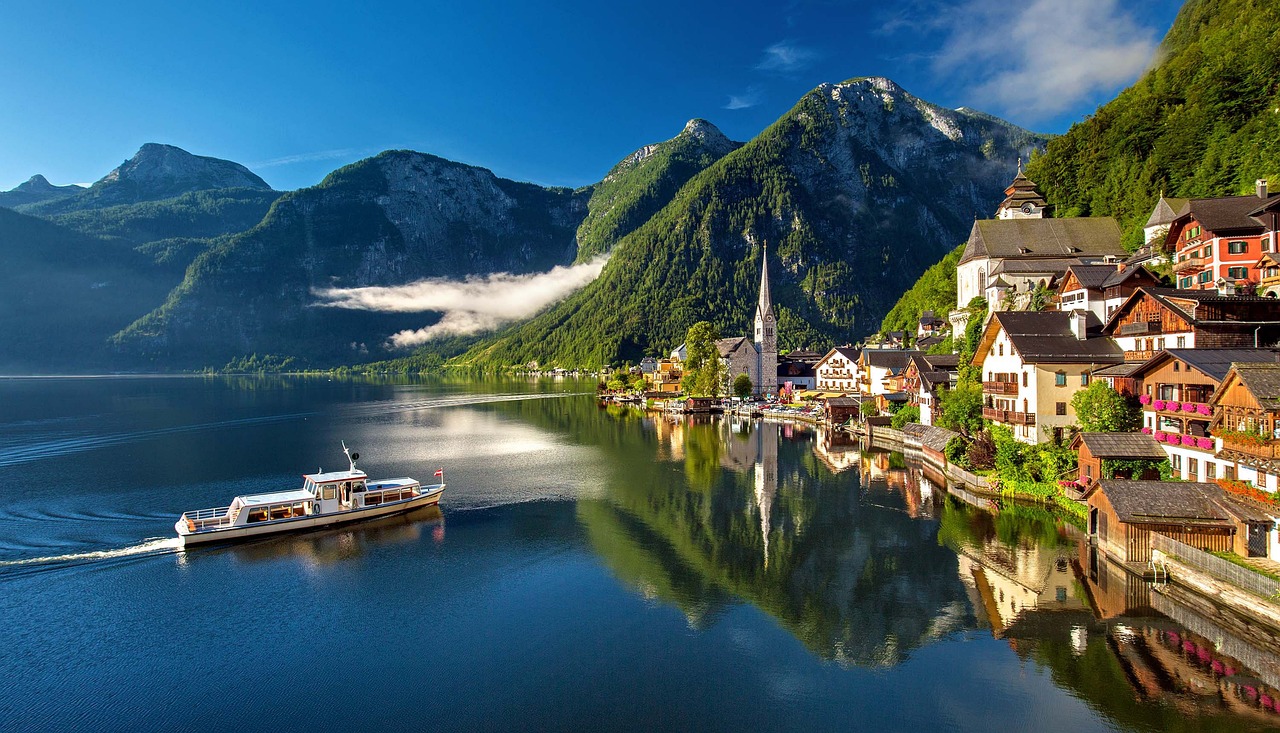
Austrian Cuisine: Must-Try Dishes and Food Tours
Austrian cuisine is a delightful blend of flavors and traditions, reflecting the country’s rich cultural heritage and diverse influences. From…
Read More » -
Tourism in Austria
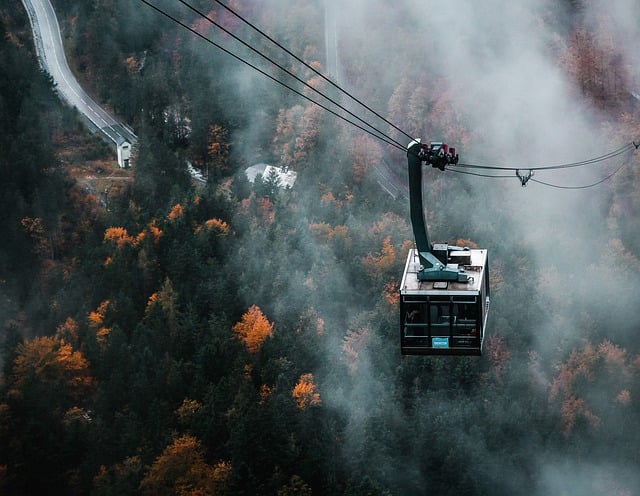
Hiking in Austria: Top Trails and National Parks
Austria, with its stunning Alpine landscapes, lush valleys, and pristine lakes, is a paradise for hikers. Whether you’re a seasoned…
Read More » -
Tourism in Austria
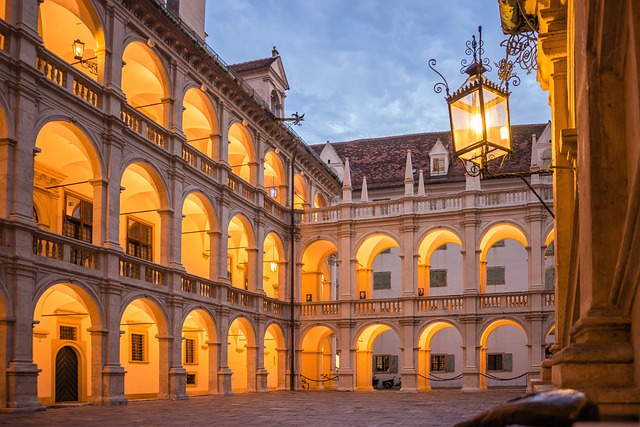
Austrian Christmas Markets: A Magical Winter Experience
Austria is renowned for its enchanting Christmas markets, which transform cities and towns into winter wonderlands during the holiday season.…
Read More » -
Tourism in Austria

Best Time to Visit Austria: Seasonal Travel Guide
Austria, with its breathtaking Alpine landscapes, historic cities, and vibrant cultural scene, is a year-round destination that offers something for…
Read More » -
Tourism in Austria
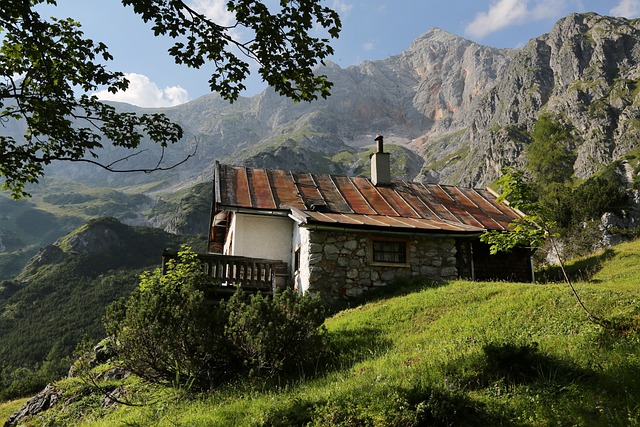
Hidden Gems: Off-the-Beaten-Path Destinations in Austria
Austria is often celebrated for its iconic landmarks like Vienna’s Schönbrunn Palace, Salzburg’s Hohensalzburg Fortress, and the stunning Alps of…
Read More » -
Tourism in Austria
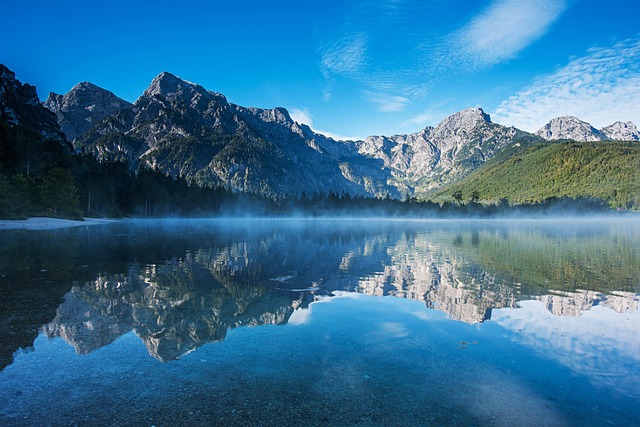
Salzburg: The Birthplace of Mozart and a UNESCO World Heritage Site
Salzburg, a picturesque city nestled in the heart of Austria, is renowned for its baroque architecture, rich musical heritage, and…
Read More » -
Tourism in Austria
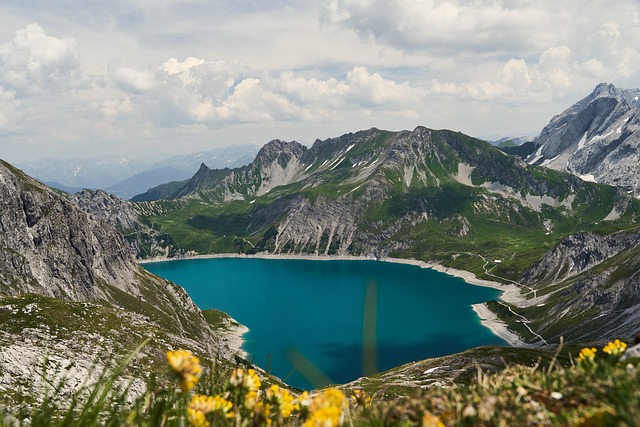
Exploring Vienna: Culture, History, and Cuisine
Vienna, the capital of Austria, is a city that seamlessly blends rich history, vibrant culture, and culinary delights. Known for…
Read More » -
Tourism in Austria
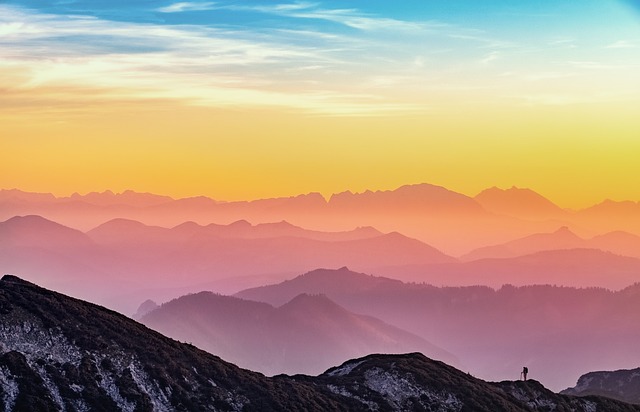
A Complete Guide to Skiing in the Austrian Alps
The Austrian Alps are synonymous with world-class skiing, offering breathtaking landscapes, pristine slopes, and a rich alpine culture. Whether you’re…
Read More » -
Tourism in Austria

Top 10 Must-Visit Tourist Attractions in Austria
Austria, a country renowned for its stunning Alpine landscapes, rich history, and vibrant cultural heritage, is a dream destination for…
Read More »